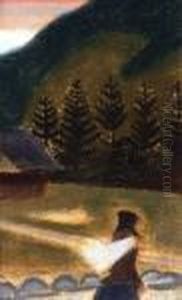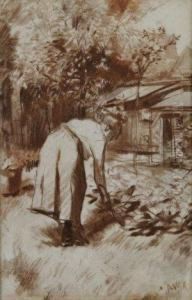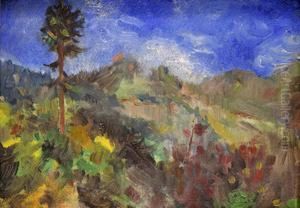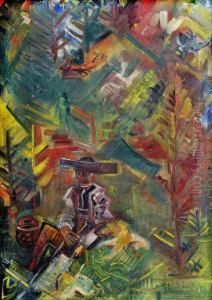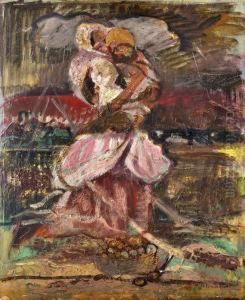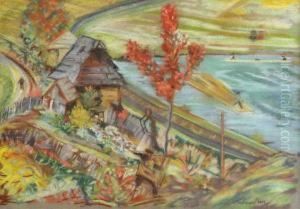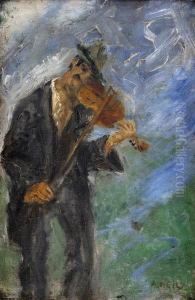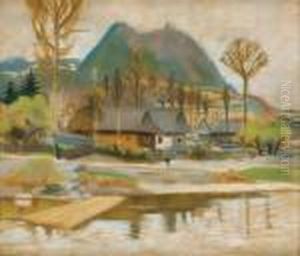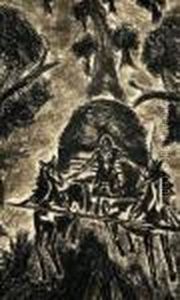Peter Weisz-Kubincan Paintings
Peter Weisz-Kubincan was a Slovak artist known for his contributions to art during a tumultuous period in European history. Born in 1896 in Vrútky, then part of the Austro-Hungarian Empire, Weisz-Kubincan's early life was shaped by the rich cultural and artistic heritage of Central Europe. Despite the limited information on his early education and artistic training, it is evident that he was deeply influenced by the avant-garde movements of the early 20th century, which is reflected in his work.
Weisz-Kubincan's artistic career is marked by his exploration of various styles, including Expressionism and Surrealism, which were prominent in European art circles at the time. His work often depicted the human condition, landscapes, and abstract compositions, showcasing a deep sensitivity to color and form. Throughout the 1920s and 1930s, he actively participated in the art scene, contributing to exhibitions and engaging with other artists, despite the growing political unrest and the rise of fascism in Europe.
The outbreak of World War II and the subsequent occupation of Czechoslovakia by Nazi Germany profoundly affected Weisz-Kubincan's life and work. Being of Jewish descent, he faced increasing persecution and was eventually deported to a concentration camp. Tragically, Peter Weisz-Kubincan's life was cut short in 1944, when he was killed during the Holocaust.
Despite the tragic end to his life, Weisz-Kubincan's work has gained recognition posthumously. His art is viewed as a poignant reflection of the era he lived in, capturing the existential angst and turmoil of the early 20th century. Today, his contributions are celebrated in various art collections and exhibitions that honor the legacy of artists who were victims of the Holocaust. Peter Weisz-Kubincan's story is not just a tale of artistic pursuit but also a solemn reminder of the devastating impact of war and persecution on the cultural heritage of Europe.

